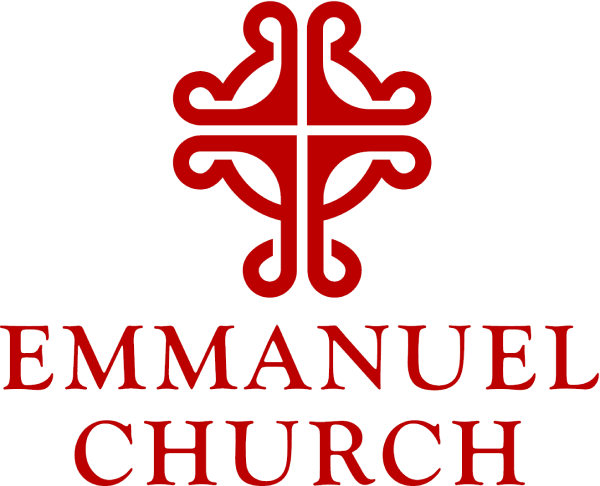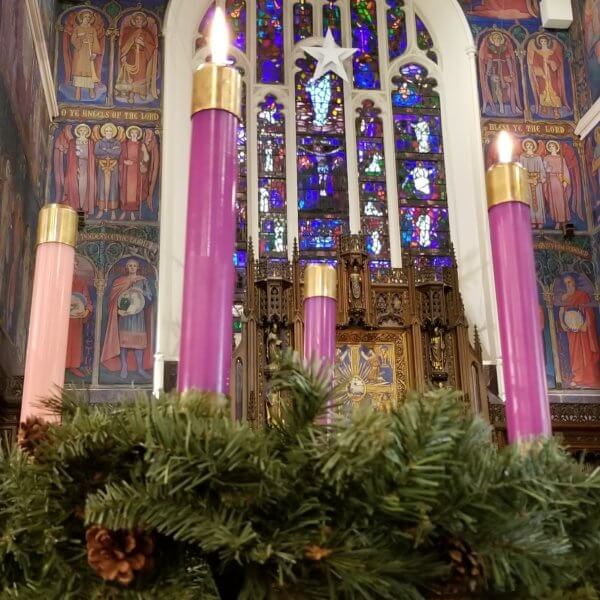
John’s Rough Comfort
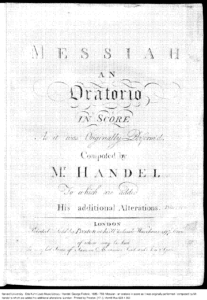 Comfort, O comfort my people, Speak tenderly to Jerusalem, the prophet Isaiah says. Today’s passage from Isaiah is one of its most tender and beautiful sections. Most of Handel’s Messiah comes from this passage — O Thou That Tellest Good Tidings to Zion, Ev’ry Valley Shall Be Exalted, the Hallelujah Chorus. You can hear the carol Comfort, Comfort Ye My People in these words, and Go Tell It On the Mountain. And how about Prepare Ye The Way of the Lord from the rock musical Godspell?
Comfort, O comfort my people, Speak tenderly to Jerusalem, the prophet Isaiah says. Today’s passage from Isaiah is one of its most tender and beautiful sections. Most of Handel’s Messiah comes from this passage — O Thou That Tellest Good Tidings to Zion, Ev’ry Valley Shall Be Exalted, the Hallelujah Chorus. You can hear the carol Comfort, Comfort Ye My People in these words, and Go Tell It On the Mountain. And how about Prepare Ye The Way of the Lord from the rock musical Godspell?
The passage we read from Isaiah this morning is so very important that Mark’s Gospel begins with it, right after the statement of the Gospel’s purpose. The gospel writer is so eager to get to the point of the story that there aren’t even any verbs in the first sentence. The beginning of the good news of Jesus Christ, the Son of God! Mark’s Gospel blurts out breathlessly.
The gospel continues immediately with Isaiah’s prophecy:
As it is written in the prophet Isaiah,
“See, I am sending my messenger ahead of you,
who will prepare your way;
the voice of one crying out in the wilderness:
‘Prepare the way of the Lord,
make his paths straight… .’”
Those are the same words that Isaiah speaks. But the passage from Isaiah immediately moves to comfort and tenderness for God’s people, ending with the nurturing, feminine image of God gathering suckling lambs in God’s bosom to care for them and protect them.
John the Baptist
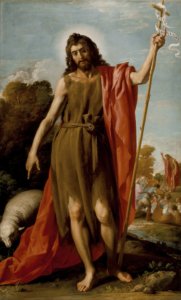
After mentioning Isaiah’s prophecy of God’s comfort, Mark’s Gospel takes a different turn. John the Baptist jumps — almost actually jumps — into the scene, appearing out of nowhere in the wilderness in the third sentence. John and Jesus are kin — remember that John the Baptist is Mother Mary’s cousin Elizabeth’s son with the priest Zechariah. Mary went to visit Elizabeth right after her conversation with the Angel Gabriel. When Mary arrived, John leapt up in Elizabeth’s womb, recognizing that the Messiah was near.
But Jesus’ baptism by John in the wilderness is the first we know of John and Jesus getting back together after that moment of recognition. John has suddenly appeared in a new public ministry. He’s made some unusual lifestyle choices in those intervening years. I’m not saying this from the perspective of a fashionista or a foodie. The writer of Mark’s Gospel means for us to notice that John stands apart from others. John wore a robe made of camel hair, tied closed with a leather belt. He ate only locusts and wild honey. We’re meant to think he’s weird. No one else around then dressed that way, or Mark’s Gospel wouldn’t mention this strange outfit or eccentric diet. I can’t think of any other articles of clothing or individual food preferences mentioned in the gospels in any detail.
Renaissance painters typically represented John the Baptist in art with a furry – usually sleeveless – garment tied with a leather belt, like a fur vest made from a really unkempt creature that clearly spent its days outside in the weather.
So this is our message of comfort? Why is this fur-vested, bug-eating baptizer preparing the way of the Lord? The quoted language from Isaiah at the beginning of Mark’s Gospel — just a few words from John the Baptist’s sudden arrival on the scene — is so intentional that we have to take a closer look.
Baptizing in the Jordan
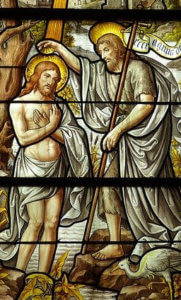 And the people all around John did take a closer look. John started his ministry of baptism on the bank of the River Jordan, about a day’s walk from Jerusalem on the road to Jericho. He’s off the beaten path, but even so, Mark’s Gospel is quick to tell us that people from the whole Judean countryside and all the people of Jerusalem were going out to him, and were baptized by him in the river Jordan, confessing their sins. This spot in the wilderness where John was baptizing people was set apart, just like John was set apart by his diet and clothing. People had to choose to go to John. They had to turn away intentionally from their activities in Jerusalem. They had to interrupt their work in their fields or vineyards in the Judean countryside. They had to consciously decide to turn to John — as odd as he was and as far from their former lives as possible — to be washed with water in forgiveness of their sins.
And the people all around John did take a closer look. John started his ministry of baptism on the bank of the River Jordan, about a day’s walk from Jerusalem on the road to Jericho. He’s off the beaten path, but even so, Mark’s Gospel is quick to tell us that people from the whole Judean countryside and all the people of Jerusalem were going out to him, and were baptized by him in the river Jordan, confessing their sins. This spot in the wilderness where John was baptizing people was set apart, just like John was set apart by his diet and clothing. People had to choose to go to John. They had to turn away intentionally from their activities in Jerusalem. They had to interrupt their work in their fields or vineyards in the Judean countryside. They had to consciously decide to turn to John — as odd as he was and as far from their former lives as possible — to be washed with water in forgiveness of their sins.
This is what the comfort and tenderness of Isaiah’s prophecy is all about as Mark’s Gospel tells it. John is preparing the way of the Lord — making his paths straight. Jesus is coming, John tells the people — and tells us listening in now. Jesus is coming, and he’s way more powerful than I am. I’m not even worthy to untie his sandals. Repent and be forgiven in baptism and washed of your sins, John says.
In our times, we associate the word repent with a puritanical notion that sin is a synonym for drinking, card-playing, or really anything fun. But the Greek word we translate as repent is metanoia, which is more about seeing things in a new way — changing our minds — than it is about stopping some activity human leadership has decided is sinful. Besides, it’s not usually the activity itself that is sinful. It’s the harm that comes from getting your priorities out of whack, or from letting your enjoyment of whatever it is hurt you or those you love. Repentance is about recognizing that truth and preparing for the tenderness and reconciliation that comes from that understanding. That repentance — or metanoia — is the comfort for God’s people that Isaiah’s prophecy proclaims.
God chooses bug-eating John, an unlikely messenger who was set apart from everyone else in all visible ways, to prepare the way of the Lord and make his paths straight. Why? To show us that all it takes is a choice to see things in a new way.
All it takes is an intentional turn from our habits and cultural assumptions to understand how our words, actions, and attitudes separate us from others. This repentance and reconciliation draws us to God’s bosom like God’s own suckling lambs. And the glory of the Lord shall be revealed, and all flesh shall see it together. Amen
